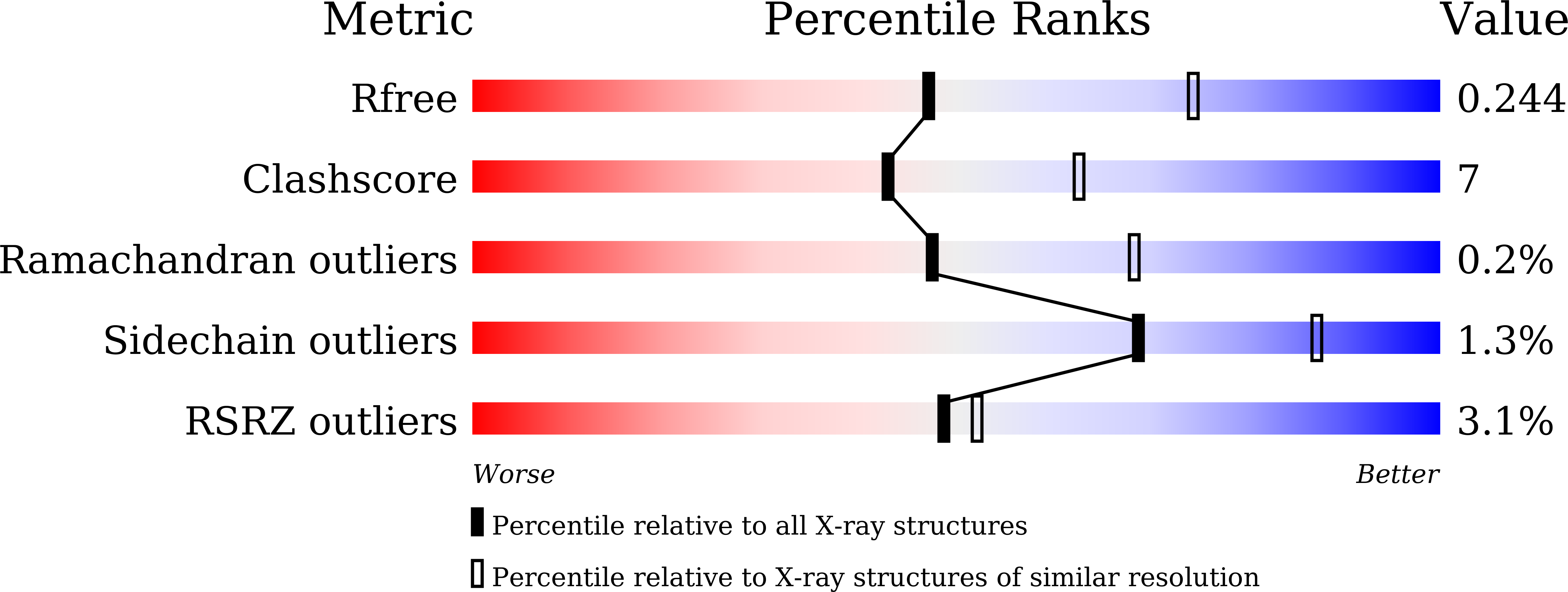
Deposition Date
2021-09-14
Release Date
2022-08-17
Last Version Date
2024-11-13
Entry Detail
PDB ID:
7VG7
Keywords:
Title:
Plexin B1 extracellular fragment in complex with lasso-grafted PB1m6A9 peptide
Biological Source:
Source Organism:
Homo sapiens (Taxon ID: 9606)
Host Organism:
Method Details:
Experimental Method:
Resolution:
2.50 Å
R-Value Free:
0.24
R-Value Work:
0.18
R-Value Observed:
0.18
Space Group:
P 1 21 1


